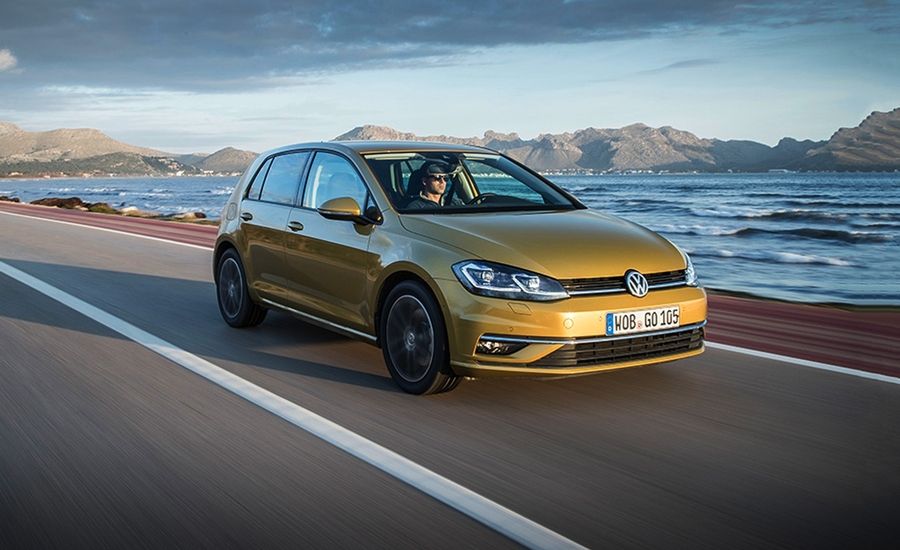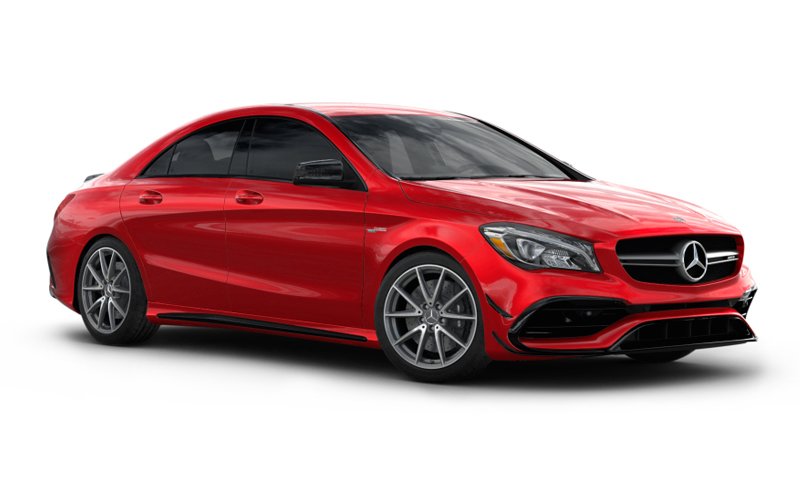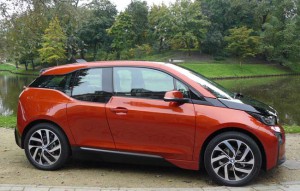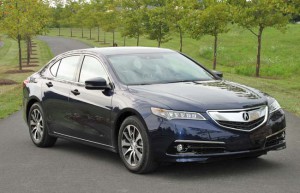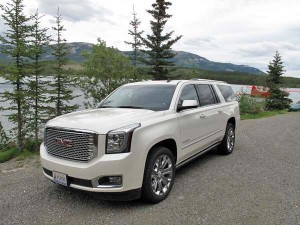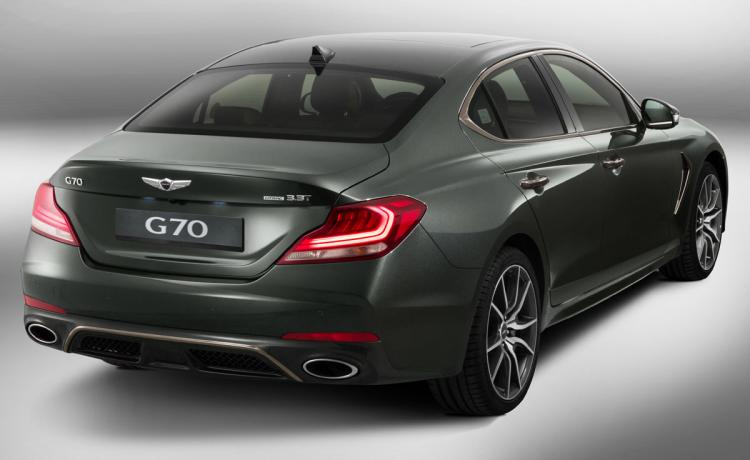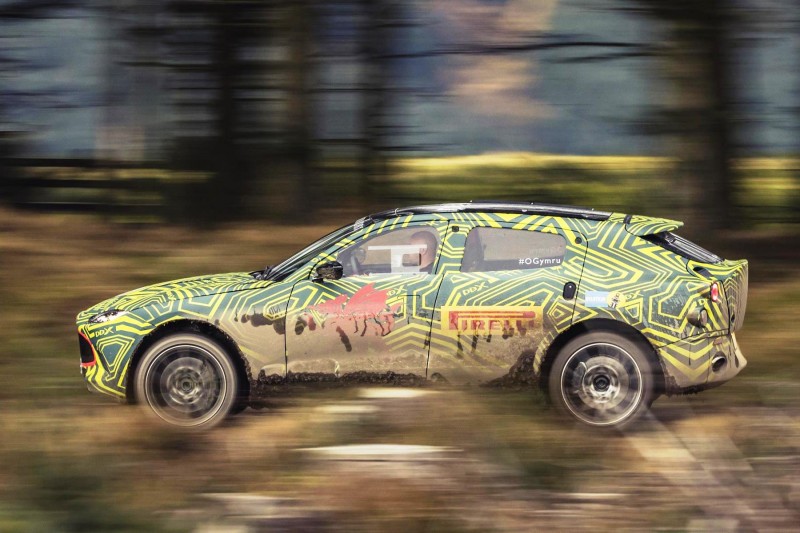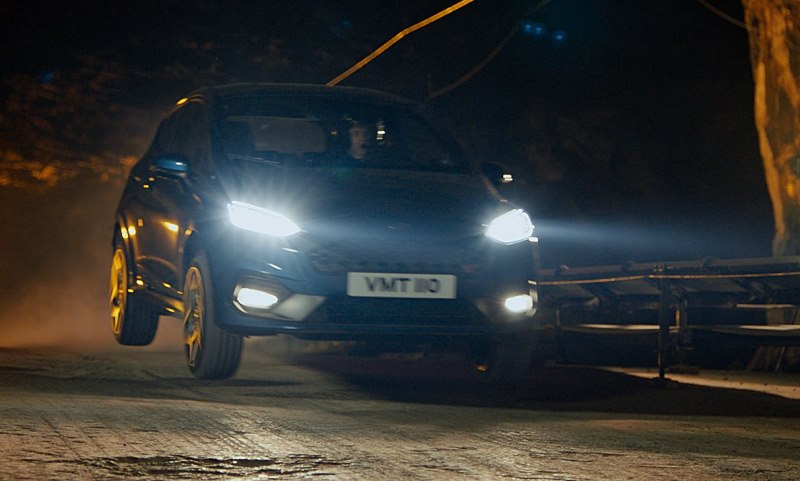2017 Volkswagen Golf 1.0T
While it’s natural to give prominence to a car’s total horsepower, the more character-defining statistic often is its specific output: how much juice it squeezes from each liter of displacement. Often, the higher this number, the greater the engineering effort that was put into the engine. So while the new baby Euro-spec Volkswagen Golf has just 109 horsepower, it extracts that from a turbocharged inline-three with just 1.0 liter of displacement. Meaning its state of tune is the near equal to that of the Golf GTI Sport, which makes 220 horsepower from an engine twice the size.
The 1.0-liter triple was introduced a few years back in the tiny Volkswagen Up city car. It first reached the Golf in 2015 as a BlueMotion model, the slightly odd branding that VW uses outside the U.S. to designate its eco specials. A recent mid-cycle update for Europe-market versions has seen this Mighty Mouse powertrain promoted to become the entry point for the whole range—an attempt to entice some of those Europeans who are switching back to gasoline after Dieselgate. Two versions of the engine are available: a basic 84-hp unit that we suspect will mostly be restricted to rental-car duties, and the punchier 109-hp version that we drove.
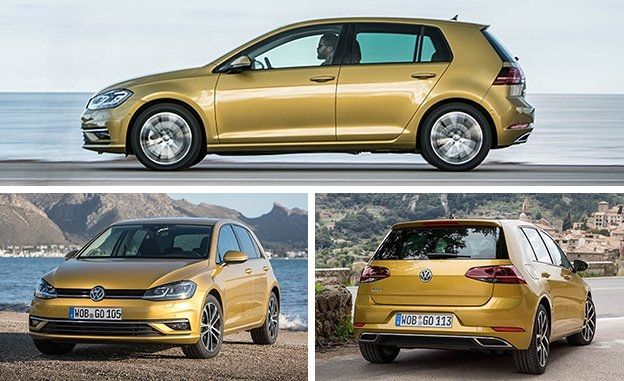
Can You See the Three?
Automakers have become increasingly adept at disguising downsized capacity and reduced cylinder count, but the Golf 1.0 TSI is perhaps the best example yet of this sleight of hand. There are clues, but you have to be paying attention to spot them. The three-cylinder’s idle is lumpier than the norm for four-cylinder versions, and it’s slightly reminiscent of the offbeat tickover that characterized air-cooled Volkswagens once upon a time. Under gentle use there’s the occasional sense that the engine is misfiring—enough to trigger a flashback for anyone who ever nursed a beater with a failing ignition system—but accelerating makes it instantly better. The Golf manages to conceal its relative lack of pistons and cubic centimeters far better than Ford’s similarly sized three-cylinder EcoBoost and Fiat’s distinctly agricultural two-cylinder TwinAir.
As for fuel economy, the three-cylinder doesn’t quite deliver diesel efficiency. Volkswagen claims the equivalent of 49 mpg combined on Europe’s notoriously optimistic official test cycle, against 60 mpg for the TDI. Our indicated 37 mpg—per the trip computer rather than our more rigorously monitored testing—was respectable for 300 miles of mostly rapid use.
Volkswagen claims the smaller engine has the same 148 lb-ft of peak torque generated by the 1.4-liter TSI four-cylinder that sits one rung up in the Euro Golf hierarchy, and that output holds across a flat plateau from 2000 to 3500 rpm. Indeed, the triple is happy to work at even lower engine speeds than that; on our drive, the dashboard upshift prompt often signaled for manual gearchanges that brought the engine down below 1500 rpm, but it still pulled cleanly. While the three-cylinder takes a while to gather momentum when operating at such basement revs, there’s less turbo lag than in the Golf’s rivals.
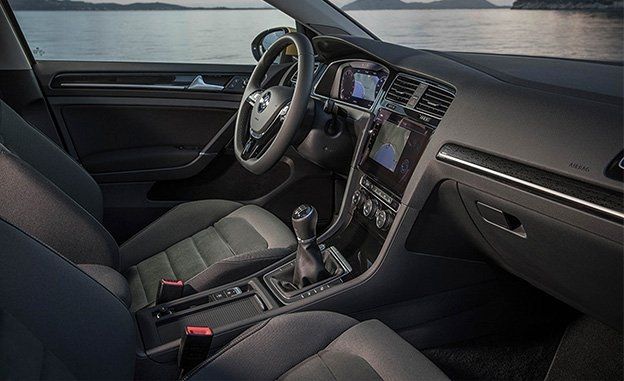
The 1.0-liter is no firecracker, but it never feels underpowered. A three-cylinder engine can do a more-than-passable aural impression of a six when worked hard, and the Golf is no different, sounding as if it’s packing a V-6 when allowed to explore the upper reaches of its rev range. It’s not particularly rapid—VW’s claimed 9.9-second zero-to-62-mph time for the 109-hp edition seems credible—but it possesses an enthusiasm for revs that encourages harder use. Like many small-capacity turbos, it eventually runs out of puff, and there’s little point in going beyond 5000 rpm where peak power arrives. It’s also spinning what feels like a very heavy flywheel, holding onto revs when the accelerator is released (and even when the clutch pedal is depressed); smooth progress requires unhurried shifts. A dual-clutch automatic also is available, but it’s not really in keeping with the car’s minimalist ethos.
Still a Golf
The new engine is fractionally lighter than its four-cylinder siblings, with the 1.0-liter Golf weighing 66 pounds less, according to Volkswagen. That’s not enough to make a noticeable difference in the Golf’s handling, which remains both keen and accurate with the modest limits of the chassis clearly telegraphed through nicely weighted steering. Like all of Europe’s lower-end Golfs, the 1.0-liter uses a torsion-beam rear axle in place of the more sophisticated multilink setup of the higher-end versions (and which is standard in the United States). As a result, the ride does pick up a serrated edge when the chassis is asked to deal with rougher surfaces at speed. But the rest of the time it does a fine job, with the whole car delivering impressive cruising refinement.
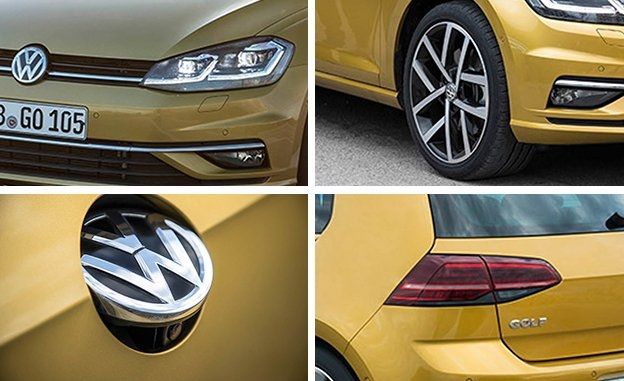
Although it is the most basic of European Golfs, the 1.0 TSI still feels like a quality item. Indeed, the lack of distracting fripperies highlights the excellence of the fundamentals. This Golf’s doors open and close with the same hefty weight and solid thunk as those of a GTI or a Golf R. And its cabin, although gray and short on buttons, exudes a thoroughly Teutonic sense of solidity. Although mostly unadorned, our test car came with Volkswagen’s new navigation system, operated via an 8.0-inch touchscreen; it worked impressively well, even when asked to navigate some of England’s more obscure Roman-era byways.
There’s no chance of the 1.0-liter Golf crossing the Atlantic any time soon—this is an engine that many Americans would regard as insufficient for riding-mower duties—but it does reconfirm that the strength of Volkswagen’s engineering runs through every level of its lineup, even the lowest ones.



